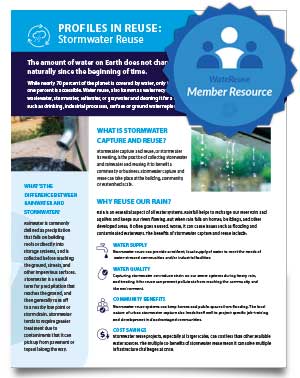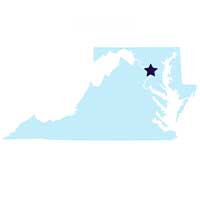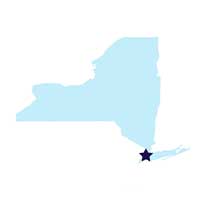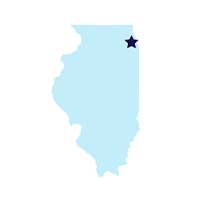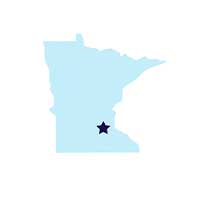Stormwater Reuse
What is Stormwater Capture and Reuse?
Stormwater capture and reuse, or stormwater harvesting, is the practice of collecting stormwater and rainwater and reusing it to benefit a community or business. Stormwater capture and reuse can take place at the building, community, or watershed scale.
Why Reuse Our Rain?
Rain is an essential aspect of all water systems. Rainfall helps to recharge our reservoirs and aquifers and keeps our rivers flowing. But when rain falls on homes, buildings, and other developed areas, it often goes unused. Worse, it can cause issues such as flooding and contaminated waterways. The benefits of stormwater capture and reuse include:
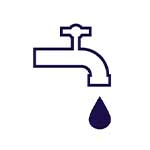
Water Supply
Stormwater reuse can provide a resilient, local supply of water to meet the needs of water-stressed communities and/or industrial facilities.
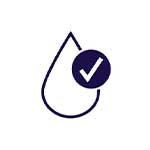
Water Quality
Capturing stormwater can reduce strain on our sewer systems during heavy rain, and treating it for reuse can prevent pollutants from reaching the community and the environment.

Community Benefits
Stormwater reuse systems can keep homes and public spaces from flooding. The local nature of urban stormwater capture also lends itself well to project-specific job-training and development in disadvantaged communities.

Cost Savings
Stormwater reuse projects, especially at larger scales, can cost less than other available water sources. The multiple co-benefits of stormwater reuse mean it can solve multiple infrastructure challenges at once.
What’s the Difference Between Rainwater and Stormwater?
Rainwater is commonly defined as precipitation that falls on building roofs or directly into storage systems, and is collected before reaching the ground, streets, and other impervious surfaces. Stormwater is a useful term for precipitation that reaches the ground, and then generally runs off to a nearby low point or storm drain. Stormwater tends to require greater treatment due to contaminants that it can pick up from pavement or topsoil along the way.
Examples of Stormwater Reuse
Communities and businesses have adopted a wide variety of stormwater capture and reuse systems to meet needs such as water supply, flood control, regulatory compliance, and more.
Stormwater Standards Spur Innovation | Washington, DC
Washington, DC’s Canal Park uses captured stormwater for up to 95 percent of its needs including irrigation, fountains, and an ice rink, saving an estimated 1.5 million gallons per year. This project and many others were made possible by the City’s adoption of clear stormwater standards. The City began by adopting retention and detention-based standards for stormwater in 2013. In 2020, the City adopted log reduction targets recommended by the National Blue Ribbon Commission for Onsite Non-potable Water Systems. These targets provide a simple way for engineers to design and treat for specific stormwater reuse end uses.
Rebates Motivate Rain Harvesting | San Diego, California
The County of San Diego has implemented stormwater harvesting incentives to address compliance goals and water supply challenges while helping their customers reduce their water bills. The Waterscape Rebate Program focuses on three types of projects: small residential and commercial parcels that want to collect rain in simple rain barrel systems, large landscapes that need help navigating the incentive process from multiple agency programs, and partnerships with existing water efficiency programs from water supply agencies. The County created a simple benefit calculator to help quantify the performance of customer projects.
Development-scale Stormwater Management | New York, New York
New York City’s Department of Environmental Protection is incentivizing onsite stormwater capture and reuse projects to reduce strain on its aging stormwater and wastewater collection systems. The City has adopted a robust program of financial incentives for private landowners who develop stormwater reuse systems, including rate discounts of 25% for water and 76% for wastewater bills. The City has also prioritized public education that uses plain language to describe these projects, such as “rain gardens” instead of “bioswales.”
Putting Extra Water to Work | Chicago, Illinois
In its early days, the Chicago region was primarily a marshland, filtering water slowly into the ground without impacting the surrounding area. Now, the increase of paved surfaces and severe storms make flooding a significant challenge for the region. The Metropolitan Water Reclamation District of Greater Chicago adopted an ambitious Green Infrastructure Plan in 2015 to help the region become more resilient to storms and to use excess rainfall to water parks, playgrounds, and other public amenities
Capturing the Rain at Allianz Field | St. Paul, Minnesota
A little rain can’t stop Minnesota United FC, the soccer team that plays on top of an innovative rainwater reuse system developed by the City of Saint Paul and Capitol Region Watershed District. The system includes a 675,000-gallon underground storage tank and a “smart hub” that adjusts water levels to weather forecasts. The treated water serves stadium toilets, laundry, and irrigation, and will supply irrigation at future nearby developments. Reusing rooftop runoff was important for developing the stadium site, where infiltration was restricted due to contamination from historic land use.

